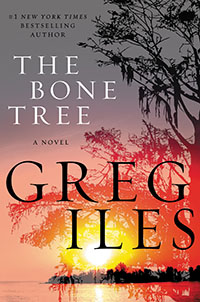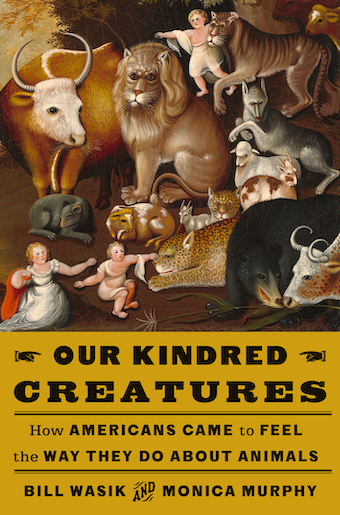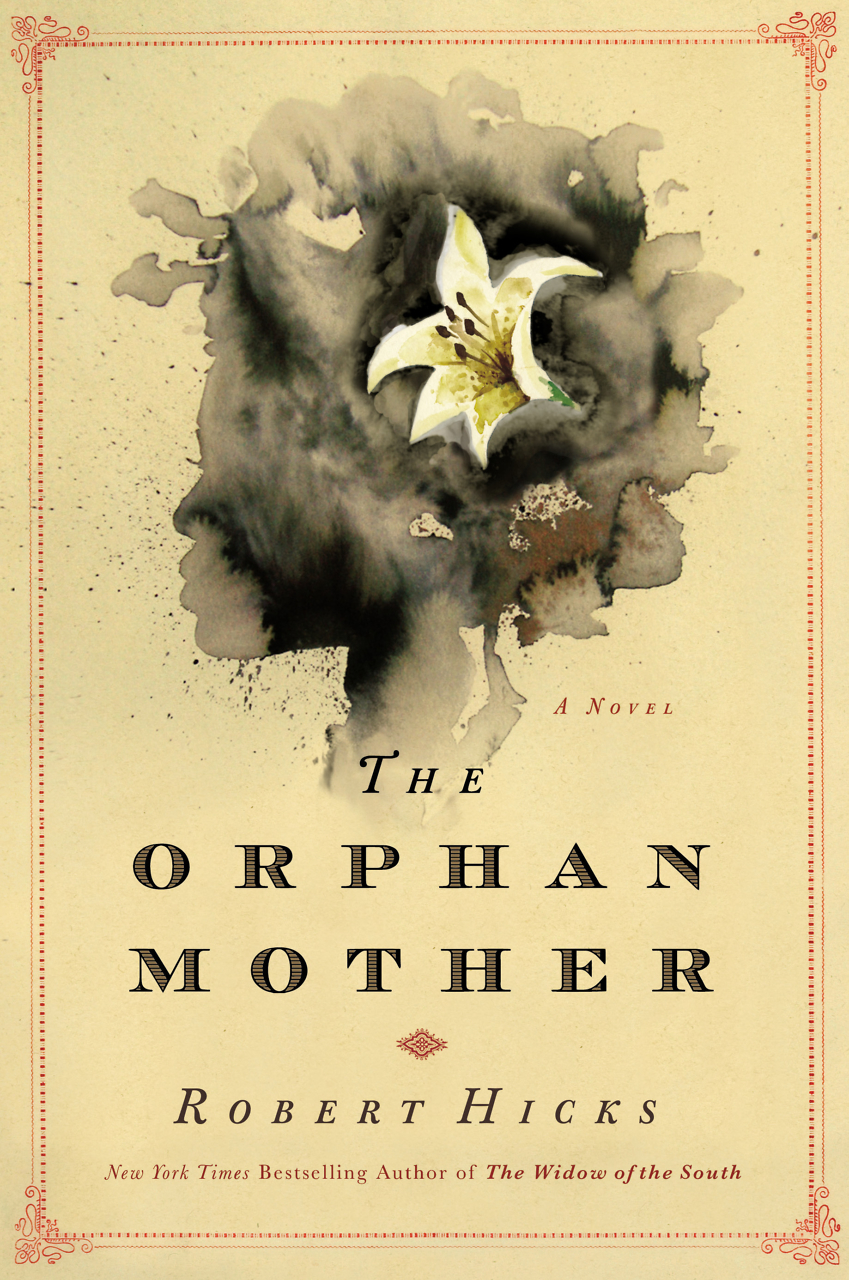Storms Will Always Come
With The Bone Tree, Greg Iles confronts a dark chapter in Mississippi’s past
How can a book be both timely and historic? If it delves into the countless unsolved murders of African Americans in the decades preceding the Civil Rights Act of 1964. In a recent op-ed piece in The New York Times, “The Cold Cases of the Jim Crow Era,” Margaret A. Burnham and Margaret M. Russell write, “Our opportunity to capture their stories—and an important part of our nation’s history—is quickly vanishing as memories fade, witnesses die and evidence disappears. Time is running out to achieve some measure of justice.” The latest crime novel by Greg Iles captures that urgency.
 The Bone Tree is the second volume of a trilogy and picks up after the tumultuous events of Natchez Burning. Mayor Penn Cage pursues the ruthless leader of a KKK offshoot, the Double Eagles, while trying to keep his family safe. He wrestles with whether love is more important than justice, and his actions might surprise even the most diehard fans of this series. Other characters, like Penn’s father Tom Cage and FBI agent John Kaiser, hunt for their own redemptions. Reporter Caitlin Masters is convinced that the key to her success lies with an infamous torture-and-killing site, a towering cypress in the Lusahatcha Swamp known as the chain tree or bone tree. Her symbolic search for the tree/truth makes everyone question their own motives.
The Bone Tree is the second volume of a trilogy and picks up after the tumultuous events of Natchez Burning. Mayor Penn Cage pursues the ruthless leader of a KKK offshoot, the Double Eagles, while trying to keep his family safe. He wrestles with whether love is more important than justice, and his actions might surprise even the most diehard fans of this series. Other characters, like Penn’s father Tom Cage and FBI agent John Kaiser, hunt for their own redemptions. Reporter Caitlin Masters is convinced that the key to her success lies with an infamous torture-and-killing site, a towering cypress in the Lusahatcha Swamp known as the chain tree or bone tree. Her symbolic search for the tree/truth makes everyone question their own motives.
It’s almost a cliché to comment on the meticulous detail of Iles’s work, but even when readers expect explanations of everything from alligator-hunting styles to JFK conspiracy theories, they’re still impressive. Despite the fast pace of this 800-page tome, Iles makes sure that his readers are well-informed, as ready to despise the stomach-turning actions of the Double Eagles as they are open to the possibility that a Louisiana mob boss might have ordered a presidential assassination.
More noteworthy, though, is the way Iles links personal and national crimes. In the book’s first chapter, Penn has just escaped one horror to confront another. “Storms will always come, and men will always do evil in the shadow of some other word,” he says. In a way, that’s an apt explanation of why crime novels work: we’re willing to believe the worst of small towns and giant metropolises alike. The Bone Tree is the fifth Penn Cage novel and won’t be the last.
 While the villains in this epic tale are certainly memorable, the heroes are more complex, testing their own morality in scene after scene. Is it OK to plant evidence on someone who’s planted evidence on you? What happens in an interrogation room when the camera’s switched off and the window’s covered? The biggest quandary that Penn and his allies confront repeatedly is whom to trust. There’s a particular paranoia bred from not understanding the motives of the person standing beside you—which is to say, there are a lot of burner phones in these pages.
While the villains in this epic tale are certainly memorable, the heroes are more complex, testing their own morality in scene after scene. Is it OK to plant evidence on someone who’s planted evidence on you? What happens in an interrogation room when the camera’s switched off and the window’s covered? The biggest quandary that Penn and his allies confront repeatedly is whom to trust. There’s a particular paranoia bred from not understanding the motives of the person standing beside you—which is to say, there are a lot of burner phones in these pages.
In the end, the biggest mystery in The Bone Tree relates to that issue of loyalty. While it’s unclear whether keeping secrets helps or hurts more people, there’s no denying that promises to loved ones trump public good more often than not in these intertwined mysteries. Many stay quiet because of fear—and between dirty cops, white supremacists, and mafia bigwigs there’s plenty to fear. Moreover, as the tricky middle child of a trilogy, this book inevitably leaves some loose threads hanging at the end. One big murder is left unsolved, the fates of several characters unresolved. Even so, the biggest cliffhanger is whether the citizens of Natchez, Mississippi, can overcome their ingrown terror and seek justice for crimes long buried. The limits of allegiance have not been completely tested yet.
While the emotional center of this book revolves around Penn and what he’s lost, the Jim Crow-era atrocities are not academic. Iles conveys the intensity of those crimes by providing many examples of the kind of horrors inflicted on black Americans for no other reason than their skin color. It’s hard to imagine a community surviving these events, and Iles’s story argues that the wounds will never heal completely.
The Bone Tree is aptly named, putting the focus on the many victims of endemic racism while offering the slimmest of hopes that some of those past crimes might be solved, that still-living perpetrators might be punished, and that descendants might find some degree of closure. As Penn comes to realize, “If murder has haunted my family, it has also haunted my country. From the humblest victims—forgotten black boys vanishing into the night—to the most privileged and high—President Kennedy cut down on national television—these killings and the darkness that enshrouds them deny us the truth about ourselves.”

Erica Wright is the author of a new crime novel, The Red Chameleon, as well as two poetry collections. Now a senior editor at Guernica, she grew up in Wartrace, Tennessee, and received her M.F.A. from Columbia University.


